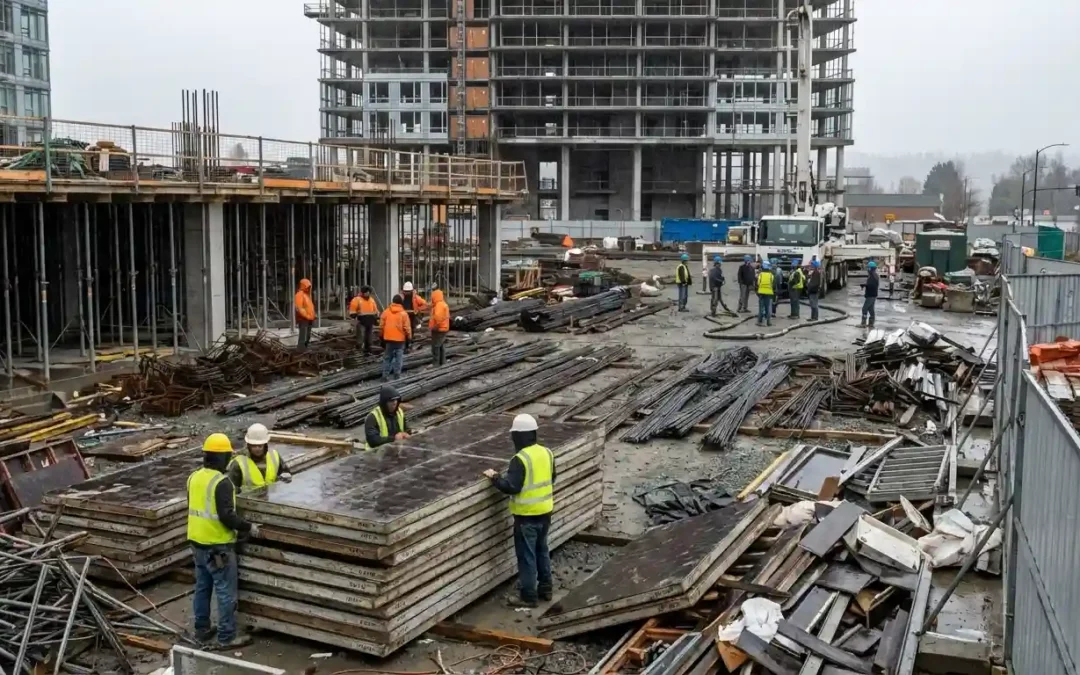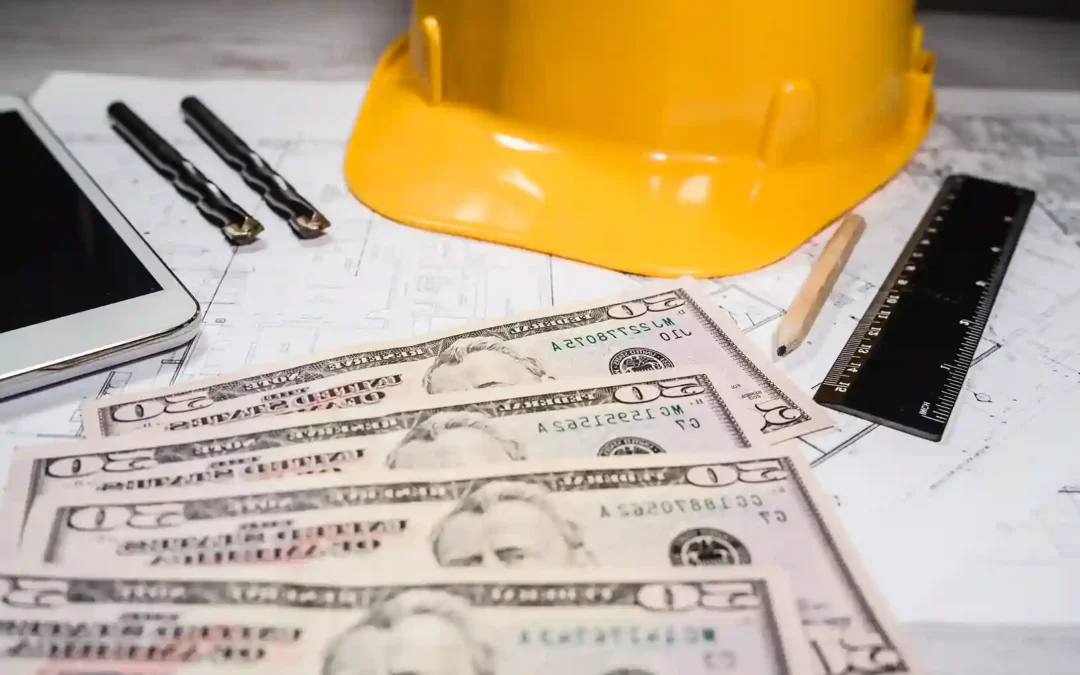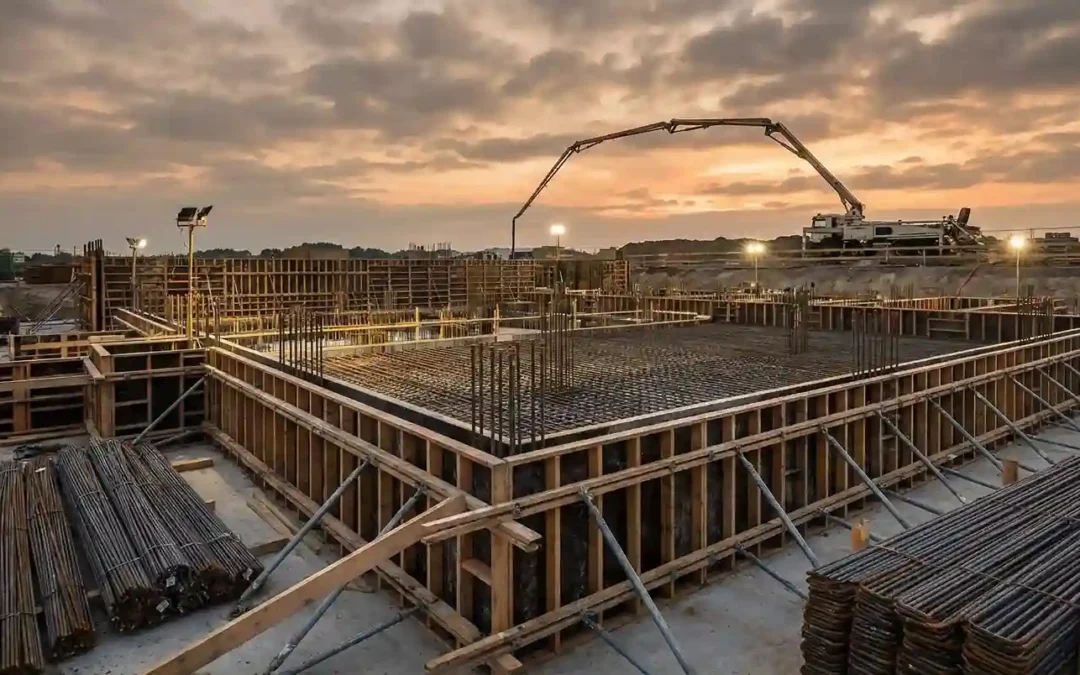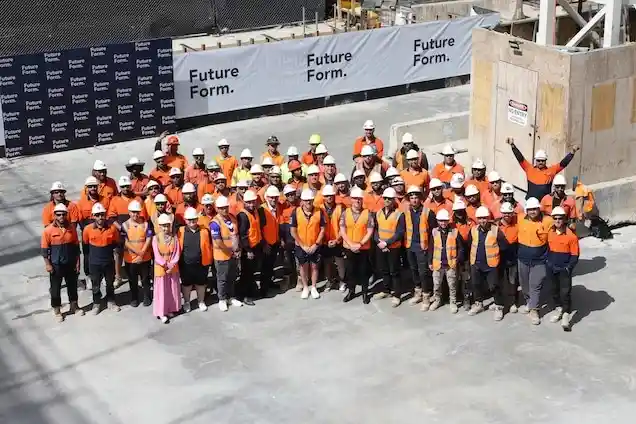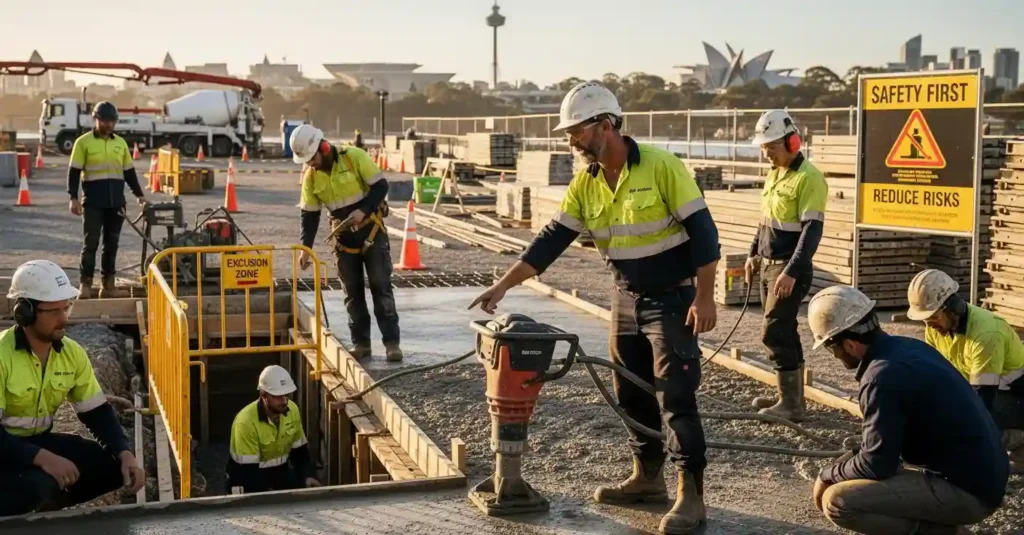
Every property development comes with its own set of risks, but few are as important as those related to concreting. Deadlines, budgets, and reputations are at risk if the form, reo, and pour are not managed with precision and consistency. Once the concrete sets, there’s no going back, and even small mistakes can lead to long-lasting effects on safety and durability.
More developers and builders are starting to depend on trusted FRP contractors for their projects. By managing the formwork, steel fixing, and pouring as a complete structural package, FRP contractors deliver durability when it counts the most. They ensure that projects are completed on time, stay within financial limits, and meet the highest quality expectations. For innovative developers, this approach goes beyond just minimising risk—it builds confidence at every stage of their projects.
FRP as a unified structural package
FRP, which stands for form, reo, and pour, represents a comprehensive methods for delivering concreting. The FRP approach combines all three elements under one contractor, ensuring a seamless management of the entire process from beginning to end, rather than dividing responsibilities among different subcontractors.
This approach has clear advantages:
- Formwork is made and placed with great care, customised to structural specifications.
- Reinforcement is positioned with precision by eperienced steel fixing teams, reducing structural risks effectively.
- The pour is carried out with exact timing and coordination to ensure both quality and strength.
The result is a complete package that represents consistency, accountability, and efficiency. Choosing a contractor with expertise in FRP delivery allows developers and industry partners to avoid the challenges caused by inconsistent processes, creating a solid and reliable system.
Understanding the risk landscape in concreting
Few parts of construction are as unforgiving as working with concrete. Poorly set formwork, incorrectly tied reinforcement, or a rushed pour can lead to major consequences that affect both the project timeline and budget. Common risks often involve delays resulting from scheduling conflicts between trades, budget overruns due to rework, rejected concrete or material waste, and quality control issues that arise when subcontractors follow inconsistent standards.
There are also considerable safety hazards when multiple teams work without shared protocols, leading to dangerous gaps in responsibility. The consequences of these risks extend beyond just the concreting stage—they affect the entire project lifecycle. One mistake in the reinforcement or pouring process can compromise the long-term strength of the structure.
By bringing together form, reo, and pour, a trusted FRP contractor ensures that every stage works in harmony, minimising risks before they develop into bigger issues.
Safety as a risk reduction priority
Every developer understands that building is a high-risk endeavour. In the world of concreting, the risks are even greater, as heavy lifting, elevated formwork, and complex reinforcement tasks demand complete focus. That’s why safety must always remain the top priority.
When several subcontractors come together, each with their own systems and procedures, differences in safety standards inevitably arise. A trusted FRP contractor closes those gaps by combining all three processes within one cohesive team, guided by a unified set of safety protocols. This ensures that safety measures consistently cover formwork, steel fixing, and pouring, while supervision and training remain consistent across every step.
The result is a more organised and controlled workspace, where misunderstandings are minimised and the chances of accidents is greatly minimised. When safety is treated as anessential part of risk management rather than a compliance requirement, a trusted FRP contractor protects both the t4eam and the project’s success.
Why choosing the right FRP contractor matters
Not all FRP contractors offer the same level of skill or reliability. Choosing the wrong partner can increase risks rather than reduce them. Which is why careful selection is essential
The ideal FRP contractor will demonstrate:
- Proven experience in providing complete concreting solutions for large-scale projects.
- Collaboration across all teams, ensuring that formwork, reinforcement, and pouring crews operate as one cohesive unit.
- Strong project management, with clear scheduling and open communication.
- Commitment to safety, embedding protocols across all FRP activities.
- A culture of innovation and flexibility, applying new methods to improve efficiency.
When these elements come together, developers find a partner who provides more than just results – they deliver trust.
The economic case for a trusted FRP contractor
Managing risk in construction goes beyond preventing errors; it’s also about maintaining financial stability. Each delay, rework, or safety incident results in wasted time and resources.
Consolidating FRP with a single contractor offers developers and builders several economic advantages:
- Predictable budgets: Complete packages minimise unexpected expenses and reduce the need for revisions.
- Efficient timelines: Smooth collaboration helps keep schedules on track.
- Consistent cash flow: With fewer interruptions, payment timelines remain stable.
- Long-term savings: Investing in high-quality formwork Australia leads to significant long-term savings by reducing maintenance costs and minimizing future liabilities.
In short, partnering with a reliable FRP contractor isn’t just an extra cost – it’s a protective measure against financial loss and ruining your reputation.
The visionary developer’s advantage
For foward-thinking developers, managing risk goes beyond meeting today’s deadlines. The real measure of a project’s success is not just on time completion—it’s ensuring that the structure remains durable and safe for decades to come.
A developer working with a reputable FRP contractor strengthens their credibility among stakeholders, including investors and financiers, while building a reputation for quality and reliability. This pasrtnership enables for creativity with confidence, knowing that the project’s core structural are managed expertly. It also ensures that the final outcome not only meets design goals but also enhances communities and skylines without compromising integrity.
In an industry where reputation shapes opportunity, choosing the right FRP partner is more than a functional decision—it is a strategic one that drives continued growth and success.
Future Form end-to-end FRP solutions
Future Form has established its reputation by delivering complete FRP solutions that reduce risk and improve reliability. Future Form tmanages the full formwork, steel fixing, and concrete pouring process, providing developers and builderswith a single, dependable point of accountability.
The company stands out by its expertise in precision formwork solution tailored for complex and large-scale projects. its reinforcement teams brings exceptional skill in steel fixing and detailing, ensuring every structure is reinforced to exact specifications. Future Form expertly manages accurate pouring schedules that align with demanding timelines, while its comprehensive safety systems protect both workers and outcomes throughout the process.
This capability is backed by a proven track record across some of the industry’s most challenging projects. Future Form provides more than service—it delivers what developers and builders truly value: trust. Projects are completed on time, within budget, and to the highest structural standards.
A reputation built on trust
In construction, risk is an unavoidable part of the process—but it must always be managed effectively. The difference between costly delays and successful outcomes often comes down to one decision: the team you trust with the concreting process.
Future Form has built its reputation by consistently minimising risk through its integrated FRP structural packages, ensuring smooth results across form, reo, and pour. For developers, builders, and industry partners, Future Form represents more than technical expertise; it also represents assurance.
Supported by years of experience, an efficient safety culture, and a steadfast commitment to quality, Future Form continues to set the standard for trusted concreting solutions. Selecting a trusted FRP contractor provides confidence, and with Future Form, that confidence is builtinto each project, every pour, and every structure designed to last.
References
Australian Constructors Association. (2022). Risk management in construction projects: Best practice insights. ACA Publications. Retrieved from https://www.constructors.com.au/
Davis, P., Love, P., & Baccarini, D. (2019). Building procurement methods and project risk management. Journal of Construction Management and Economics, 37(5), 290–302. https://doi.org/10.1080/01446193.2019.1572798
Loosemore, M., Raftery, J., Reilly, C., & Higgon, D. (2019). Risk management in projects. Routledge. Retrieved from https://www.routledge.com/
Standards Australia. (2020). AS ISO 31000:2020 Risk management – Guidelines. Standards Australia. Retrieved from https://www.standards.org.au/
Zou, P. X. W., Zhang, G., & Wang, J. (2021). Understanding the key risks in construction projects: Evidence from industry surveys. International Journal of Project Management, 39(4), 432–445. https://doi.org/10.1016/j.ijproman.2020.12.005

